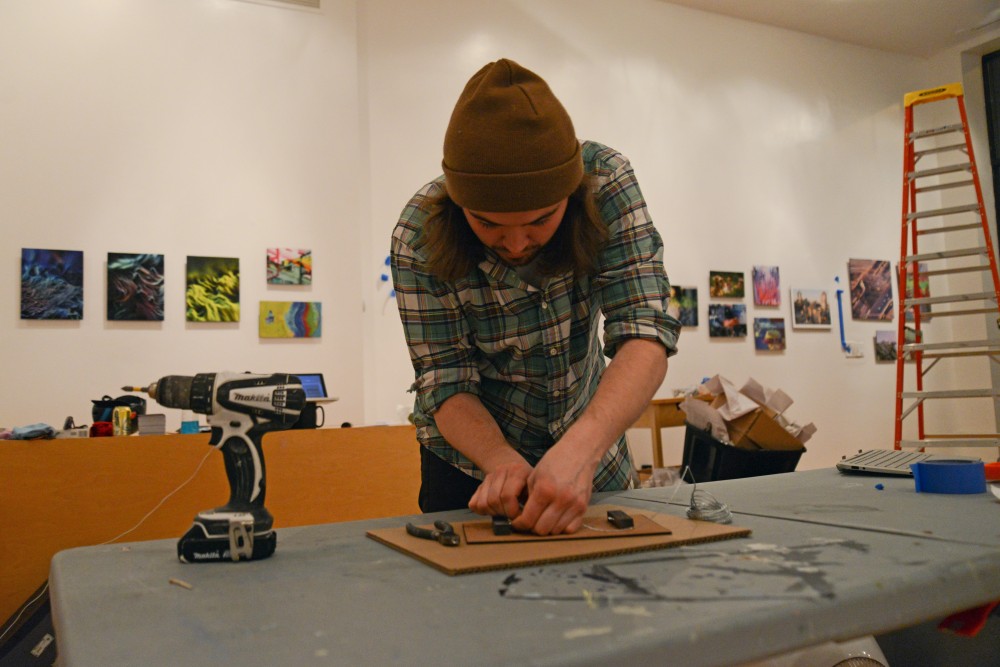An upcoming art exhibit at the Gamut Gallery in Minneapolis will bring the global glitch community together to showcase the digital art form.
Featuring 82 artists from 23 different countries, the exhibit — “Glitch Art is Dead” — will showcase 110 pieces of art, 18 videos, 66 prints and two sculptures.
The event, curated by Minneapolis artist Miles Taylor and Polish artists Aleksandra Pie?kosz and Zoe Stawska, will also include workshops and discussions.
Taylor, artistically known as PFunkus, said the event is an attempt to bring glitch into a more physical and “mainstream” space without sacrificing the form’s roots.
“You mostly find these things online,” he said. “So with ‘Glitch Art is Dead,’ we wanted to bring it into the real world.”
With the increase in daily exposure and because the art is an electronic-based medium, Taylor thinks anyone can get interested and involved in the scene.
“Glitch art is a lot easier than, say, painting,” Taylor said. “The whole community is built around mistakes and finding new mistakes. It’s still unique. It’s still fun. It’s still meaningful. That way its more accessible.”
Mark Klink, a featured artist and pioneer in the practice of 3D glitching, agrees.
“I think one of things that makes it popular is that it doesn’t require, in many cases, a lot of technical knowledge,” Klink said. “Anyone can open up a JPEG file in a text editor and start cutting, pasting and messing around.”
“If you’re lucky, when you open that file up again there will be some strange, unexpected effect,” the Sacramento-based artist said. “And I think that’s delightful for people — that you can mess around with something, and then something happens.”
Artists are continually trying to discover new ways of creating glitch art. Despite being around since the ’80s and ’90s, the community has expanded their craft dramatically within the last five years.
Glitch art comes in many forms, and advancement in technology has allowed these forms to evolve. “Sonification” converts an image into sound, where it is then edited and turned back into a distortion of the original image. A process called “creative coding” also achieves this result by messing with file data within programming scripts.
No matter what discoveries are made, however, Klink doesn’t think glitch art is about the unconventional processes or advanced technologies. At the end of the day, he thinks it’s more about creativity.
“It’s an end in itself,” Klink said. “That playful activity, the creation of something that’s interesting and beautiful — that’s really the primary justification for it all.”
What: “Glitch Art is Dead”
When: March 11 through March 31
Where: Gamut Gallery, 717 S.10th St., Minneapolis
Cost: Free, $5 opening reception and $10 closing reception








